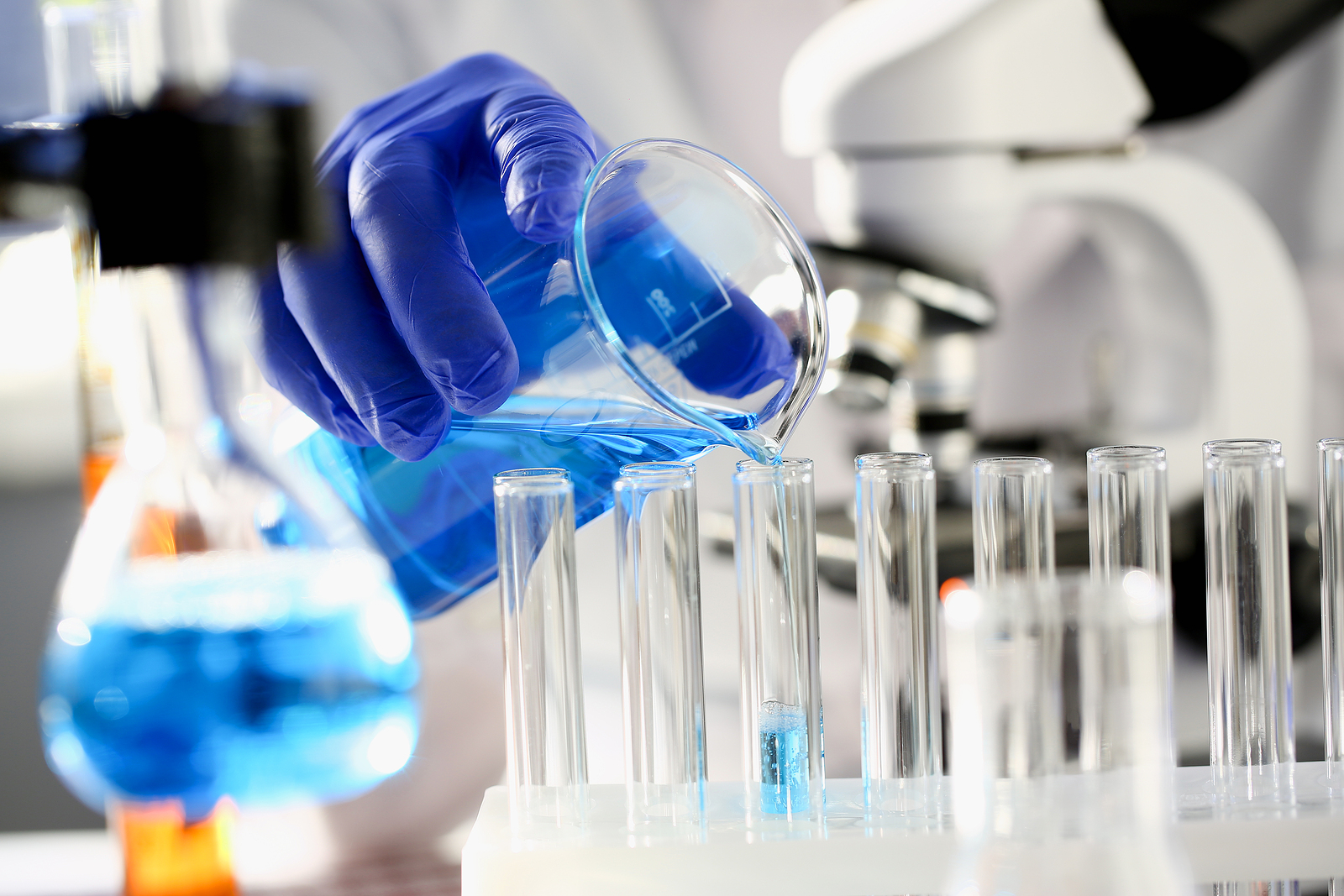Thanks for joining us for another installment of PMG’s “How It’s Made”! We’re covering a common question: How Are Vaccines Made?
What is a vaccine and how does it work?
At its core level, a vaccine consists of the very same virus or bacteria of the disease the vaccine is attempting to fight. For instance, the chickenpox vaccine contains the chickenpox virus. However, the vaccine contains the virus at a weakened level, just enough so that the following items occur:
- An antigen completely inactivates or kills the virus. This occurs in the polio and rabies vaccines.
- The immune system produces antibodies (essentially proteins within your immune system) that find, defuse, and deactivate the virus or bacteria. Therefore, upon receiving a vaccine, a recipient is exposed to levels of the virus or bacteria that are just enough to create immunity, but not enough to become sick. This occurs in the chicken pox, measles, and hepatitis B vaccines.
How do you make vaccines?
Vaccines start in the lab where researchers grow the virus or bacteria in large quantities. For viral vaccines, this is done in cell cultures, which are often harvested from chicken embryos. For bacterial vaccines, growth is completed in bioreactors. These are essentially large vats in which growth mediums (minerals, carbs, amino acids, and proteins) are added.
 In both processes, the main goal is to create an environment in which the virus or bacteria replicates itself repeatedly, producing thousands of copies of itself. In doing just this, scientists create an antigen which is ultimately a toxin and foreign substance that induces our immune systems to respond and thus create antibodies. The task of antibodies within the human body is to locate and attack substances or proteins considered foreign to our immune system.
In both processes, the main goal is to create an environment in which the virus or bacteria replicates itself repeatedly, producing thousands of copies of itself. In doing just this, scientists create an antigen which is ultimately a toxin and foreign substance that induces our immune systems to respond and thus create antibodies. The task of antibodies within the human body is to locate and attack substances or proteins considered foreign to our immune system.
 Next, scientists release the produced antigen and isolate it from the growth chamber or cell. After doing so, the antigen goes through a purification process. To purify the antigen, scientists utilize chromatography – a process of separation utilizing gas, vapor or liquid – or ultra-filtration.
Next, scientists release the produced antigen and isolate it from the growth chamber or cell. After doing so, the antigen goes through a purification process. To purify the antigen, scientists utilize chromatography – a process of separation utilizing gas, vapor or liquid – or ultra-filtration.
After purification of the antigen, additional materials/ingredients are added to create the vaccine. These ingredients include an adjuvant (find a list of them here) which helps the immune system build up a stronger response to the virus/bacteria. Other ingredients, including stabilizers and preservatives, preserve shelf-life or allow for multi-dose applications. With the addition of these ingredients, the next step is to ensure the bacteria or virus antigen and ingredients are uniformly mixed in large vessels.

Lastly, mixed ingredients from the vessel fill individual vials or syringe packages. Sterile closures and labels seal and finish the packages. Some are even freeze-dried prior to storage or shipment and are the product you see at time of vaccination.
Extra Resources
Although I’ve summarized this process quickly, the actual creation of a vaccine is long in nature and complex, lasting up to 15 or 20 years in total. Between the various stages, there are many, many studies and trials including basic laboratory research, pre-clinical studies, applications to the FDA, and multiple phases of trials with very specific regulations and rules. Find more details on the testing and regulations required in vaccine development here.
Now, after all that, check out the following links for a little less science and little more fun:








